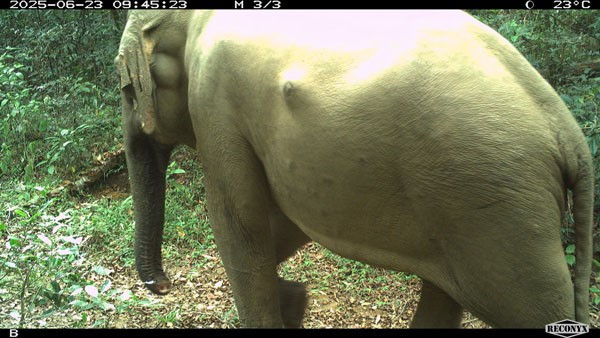PLANT: An initiative for private conservation
- Aarthi Katakam
- Jan 25, 2023
- 2 min read
Updated: Feb 8, 2023

Conserving our environment is now more critical than ever. While Sri Lanka is an idyllic paradise in many ways, we do face several issues with wildlife and conservation. Sri Lanka is a small island of some 65,000 sq. km. Despite its small size, Sri Lanka is known as a global biodiversity hotspot for its high number of species, both endemic and otherwise. About 27% of the country’s plants are endemic as are 22% of its amphibians, birds, mammals, and reptiles.
It is also worth noting that despite Sri Lanka’s size, approximately 95% of its endemic species live in the wet zone (about a quarter of Sri Lanka’s landmass which is located in the south-western portion of the island). Incidentally, this is also where a huge part of its population lives.
A hotspot in hot water
The state of Sri Lanka’s biodiversity in relation to its population and development has been the topic of discussion for some time. The country has one of the highest recorded rates of primary forest destruction in the world and has lost its closed canopy forest cover from about 84% in 1881 to about 26.6% in 2010 due to the conversion of forests to other types of land use such as human settlements, plantation crops, and agricultural activities.
As such, habitat loss is one of the leading threats to Sri Lanka’s native ecosystems and species. It should come as no surprise that 30 species of mammals, 14 species of birds, 13 species of reptiles, 75 species of amphibians, 121 species of fish, and 298 species of plants in Sri Lanka are listed as ‘Threatened’ as per the IUCN Red List 2020.
Additionally, extreme weather conditions such as extended droughts and monsoons have led to increased incidences of flooding and landslides.
Human-wildlife conflict involving some of Sri Lanka’s most iconic and endangered wildlife species, such as elephants and leopards, is rapidly escalating. The year 2022 alone saw 433 elephant deaths, the highest number ever recorded. A huge factor that contributes to human-animal conflict across the board is deforestation and the reclamation of land for farming and other development. This sees habitats for animals decrease, pushing them closer and closer to humans and leading to inevitable conflict.
The effects of deforestation in particular are far-reaching, especially economically. Wildlife tourism is one of Sri Lanka’s biggest draws – natural wildlife events like the annual Elephant Gathering at Minneriya are world-famous and draw huge tourism interest but recent data shows that there has been a 95% decrease in numbers at the peak of the Elephant Gathering from 2016-2021 (389 elephants in 2016 as opposed to 20 elephants in 2021). This is largely attributed to shrinking elephant habitats and the blocking of elephant corridors.
In light of the many environmental issues Sri Lanka faces, conservation is more critical than ever, especially conservation that thinks outside the box. This is what PLANT (Preserving Land and Nature Trust) – a new initiative by the Wildlife and Nature Protection Society (WNPS) – looks to do; mitigate the effects of deforestation with a different approach. It does this by giving private actors an impactful way to make a difference.
Read more here: https://www.themorning.lk/articles/KLlQZ8VrLlPdmPbtGJRF






Comments